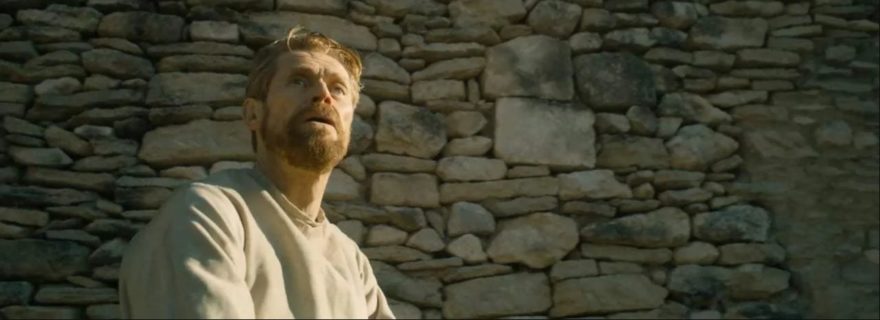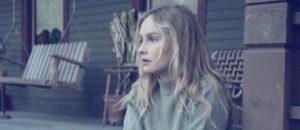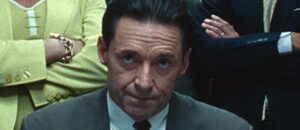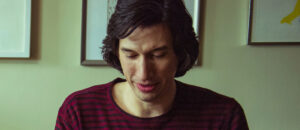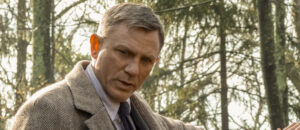At Eternity's Gate
Movie Rating:
3.5
One would think that artist and filmmaker Julian Schnabel would be perfectly primed to provide a cinematic look at the life of another iconoclastic artist, Vincent van Gogh. With At Eternity’s Gate, the director strives to provide not only insight into the man and his struggles, but to convey, both visually and narratively, the elements that made the late 19th Century painter’s work as challenging to his audience as some of the Schnabel’s own acerbic artistry conveys.
Despite almost three decades in age that separate Van Gogh and the actor portraying him, the casting of Willem Dafoe in the lead is inspired. There film delivers echoes of Dafoe’s previous on-screen existential struggles, especially Scorsese’s The Last Temptation of Christ and his fiery intensity in Oliver Stone’s Platoon. These aren’t the obvious characteristics to bring to a portrait of an artist as a mad man, yet Dafoe’s gift is this marriage of quiet intensity and wide-eyed apprehension of the natural world.
Schnabel uses his camera to internalize Van Gogh’s journey. We literally watch falling footsteps trudging over the French countryside in order to capture the beauty in the isolated, horizontal landscapes. Interruptions by a gaggle of school children rightly unnerve, echoing the sense of a dismissing audience simply unable to appreciate what’s being captured.
This is a cheap way of Schnabel avoiding any overt criticism, as is his heavy-handed inclusion of Vincent noting that his works will only be understood in the future, after his death. The image of a coffined man surrounded by paintings that are only now of interest speaks loudest about this most macabre facet of artistic legacy.
As expected, the film is richly realized. The golden light mixed with the dank of brew halls or the paradoxically austere ostentation of the Louvre provides much in the way of contrast. We see the man working, feel his struggles, and recognize immediately his refusal to compromise, the demons that wracked him, and the magnificence of what he created with eyes attuned thanks to the perspective of time.
Other fine actors, including Oscar Isaac, Emmanuelle Seigner, Rupert Friend and Mathieu Amalric (whose face always seemed ripped from a late-1800s canvas) make appearances in roles that are subservient to the vagaries of the protagonist. A conversation with Mads Mikkelsen as a priest at a sanatorium provides the most penetrating discussion about Van Gogh and his work, the sneering disgust palpable as the canvas is turned against the wall. The struggle to change our perceptions is rarely an easy path, and only by being surrounded with kindly supporters (and a few effusive critics) can the unsettling truly be embraced as a new path forward.
Schnabel has a tendency to revel in the visuals of some of the painter’s greatest hits, making for a kind of treasure hunt of visual cues. Others are more metaphorical but somehow more grating. Lingering shots of dying sunflowers clearly evoke the broken mind of a forlorn man, but also reflect the director’s own predilection for making manifest things that needn’t always be spelled out.
Hardly a traditional bio-pic, At Eternity’s Gate attempts through both its look and mood to be more evocative of Van Gogh and the role of the artist. Much time is spent lingering on technique, relishing in the smearing of paint on canvas. This results, like the central metaphor, with elements piled up atop one another where the seams can still be seen. It’s ambitious, and while it doesn’t always work, it’s a fine tact to take when saying something new and going beyond the stereotypes about the painter who chopped off his ear and would eventually make the whole world listen.

